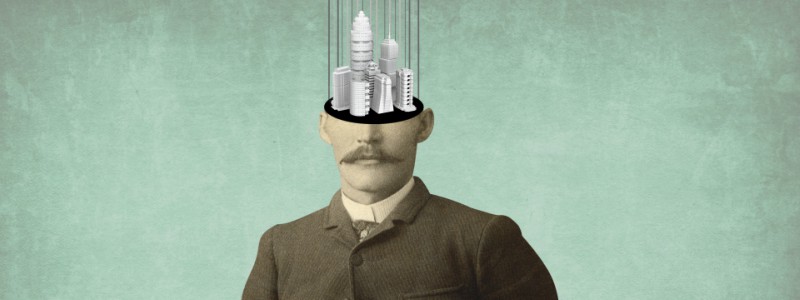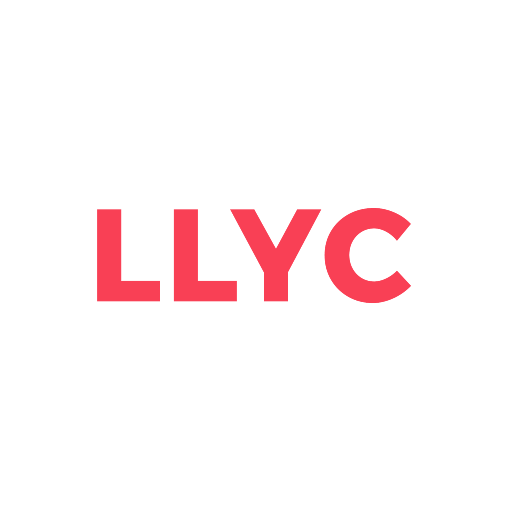LLYC 27 Nov 2017 // 7:49PM GMT

"We are going back to the Renaissance." Who supports such a claim is none other than Simon Smithson, architect and prize Pritzker 2007, in the interview that occupies the central pages of the last issue of the UNO magazine. Smithson does so by referring to the importance and identity that some capitals of the world are charging and that, if the expectations of the United Nations on population are met in the coming decades, the way in which our societies are structured will change. Those who govern these megacities will have to face the challenges of poverty, insecurity, pollution and mobility on a much larger scale than we are used to. It is in this context where concepts such as smart cities or global cities take on special relevance. The concept covers much more than simply digitizing cities; it implies a structural change in how people live in them, as one of the collaborators of the latest edition of UNO points out, where indicators such as quality of life, growth, resilience and happiness, among others are particularly important. Likewise, the need to bet on renewable energies that favor sustainability and the reduction of consumption of natural resources are also essential challenges that must be addressed in the coming years if the great phenomenon of global cities is to be managed in time.
Those who have a transformative vision and intend to turn their cities into global spaces agree that a public-private development and collaboration plan is necessary, in order to convert cities into modern spaces where culture, technology, mobility, security, Health, connectivity and the economy are pillars of growth. The collaborative economy and citizen participation, which are already shaping our society, will have an increasing presence in the cities of the future, which gives communication a fundamental role to manage successfully these megacities.
The importance of having a strategic vision is vital to build a solid and timeless foundation. Additionally, one cannot lose sight of the concept of sustainability, the ability to generate development and innovation from responsibility, and neither cultural diversity, nor the coexistence of tradition and modernity. Therefore, all the pillars mentioned above will only be effective and transformative insofar as they have the capacity to be sustainable in the long term.
In the 29 edition of UNO, all these variables are analyzed in order to continue the debate already started on this matter. In addition, we do it from different perspectives and we have very diverse collaborations to be able to create a framework that enables a context and at the same time a reflection on this phenomenon that has already begun to change our way of living.
Written by José Antonio Llorente, Founding Partner and Chairman of LLORENTE & CUENCA. Read this issue of the UNO magazine here.


































.jpg)














